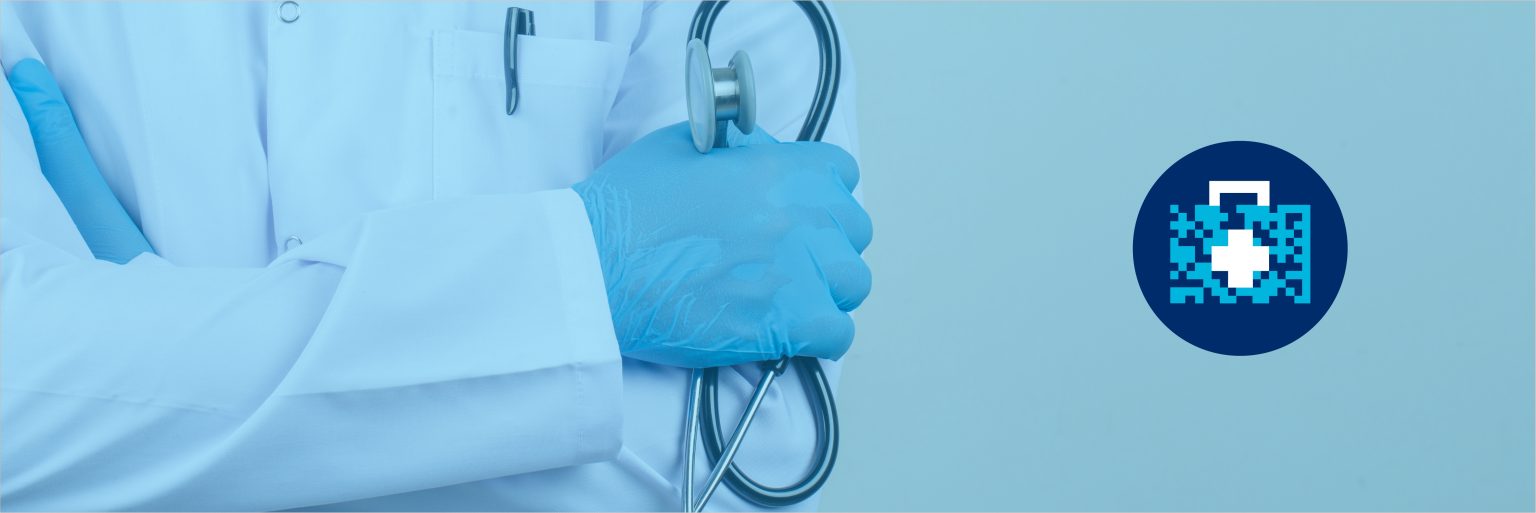
What is Traceability?
Traceability in healthcare enables you to see the movement of prescription drugs or medical devices across the supply chain. You can trace backwards to identify the history of the transfers and locations of a product, from the point of manufacture onwards. And you can track forwards to see the intended route of the product towards the point of care
The GTIN can be used to identify types of products at any packaging level (e.g., consumer unit, inner pack, case, pallet) individual trade items can be uniquely identified using a GTIN plus serial number.
Once a company has assigned a GTIN to a trade item, it provides a common language for all of its entities and trading partners worldwide to uniquely identify the item and easily share information about the item.
What is the vision for GS1 Members for Traceability in Healthcare?
Full, End to End, actionable visibility shall exist for finished pharmaceuticals and medical devices in healthcare globally, from Point of Production to Point of Use.
Which GS1 Standards are required for Traceability?
Our Global Identify, Capture and Share Standards are required for Traceability. Our Globally unique Identification Keys ensure that products are uniquely identified with a Global Trade Item Number(GTIN) which together with additional traceability information such as the batch number, expiry date and serial number uniquely identify each product pack. Locations are also uniquely identified with GS1 Standards.
Traceability information is encoded into our capture standards which may be barcodes or EPC/RFID systems. Barcodes and RFID systems can then be scanned or read respectively to create and share traceability events with our share standards as products move from one location to another in the supply chain from the point of production to the point of use.
Which process standard describes the adoption and implementation of GS1 traceability standards?
The Global Traceability Standard for Healthcare (GTSH), a process standard, provides a foundational framework which describes the traceability process and defines the minimum requirements for all stakeholders, independent from technologies, organization size or operational sophistication. The link to this document can be found here: GS1 Global Traceability Standard for Healthcare
What are the benefits of Traceability?
GS1 Standards and traceability offer the following benefits:
- Enables visibility of movement of products within the supply chain from the point of production in a manufacturing plant and through the extended supply chain up to the point of dispense at the retail or hospital pharmacy.
- Improves efficiency of inventory management and distribution in the supply chain, with better cost savings, less errors, less time wasted and less expires
- Enables harmonized trade/customs clearance procedures for pharmaceutical products using one global language
- Improves accuracy and efficiency of procurement operations.
- Improves efficiency of “reverse” logistics processes (recalls, stock movements from overstocked facilities to understocked facilities).
- Allow you to connect directly with the end user to obtain valuable market and consumer analytics and monitor the success of your marketing campaigns.
- Mitigates against counterfeiting, fraud, grey-market diversion, and unauthorized production to guard against revenue loss and reputation.
- Improves Patient Safety.
What are the 4 dimensions of a traceability Event?
Traceability in Healthcare ensures supply chain integrity. EPCIS is a GS1 standard which enables trading partners to create and share traceability information about the movements and whereabouts of products and assets as they move through the supply chain to obtain the following information:
- WHAT – products are impacted?
- WHEN – did this time-stamped event occur?
- WHERE – was the product, where is it now?
- WHY – was this observed, which process step?
Which Stakeholders are involved in Traceability in Healthcare?
Stakeholders include regulators, industry, developmental partners, healthcare personal, solution providers, patients and all supply chain actors involved in the production, movement and use of Pharmaceutical products and medical devices.
How do we implement Traceability within our organization?
Traceability involves the implementation of GS1 Standards and platforms that operate with our standards. Hardware is also required to create and share traceability events. You can reach out to us at GS1 Nigeria for additional information. The first step towards Traceability Implementation is to register as a GS1 member, get your company prefix (GCP), identify your products with a GTIN and register for a GLN. You can reach out to us at GS1 Nigeria for additional information on how to implement Traceability.
What is Master Data?
Master Data are attributes (or a description) of an item such as a product, location, asset, logistic unit, person etc. that the Identification Key uniquely represents. Examples of Master Data in Healthcare are things like Name, Strength, Generic name etc.
Why is Master Data so important?
GS1 Global Identification keys represent descriptive information about items that are placed in computer files by the item owner. Accurate and up to date master data is necessary for master data management, proper product information, inventory management, supply chain efficiency, traceability, and other critical business processes. It is also critical for patient safety in Healthcare.
How do I ensure that my products have accurate and up to date Master Data?
You can provide master Data through the following means:
- Complete the product listing process which allows you to provide master data as soon as you are allocated a GTIN(Global Trade Item Number) after registration with GS1 Nigeria .
- Provide complete location information when applying for a GLN (Global Location Number.
Where you may have previously allocated GTINs to products without providing up to date master data, please ensure that the information that you are now providing represents the product that you have already identified with the product identifier. You can reach out to us at GS1 Nigeria at healthcare@gs1ng.org for additional information.
